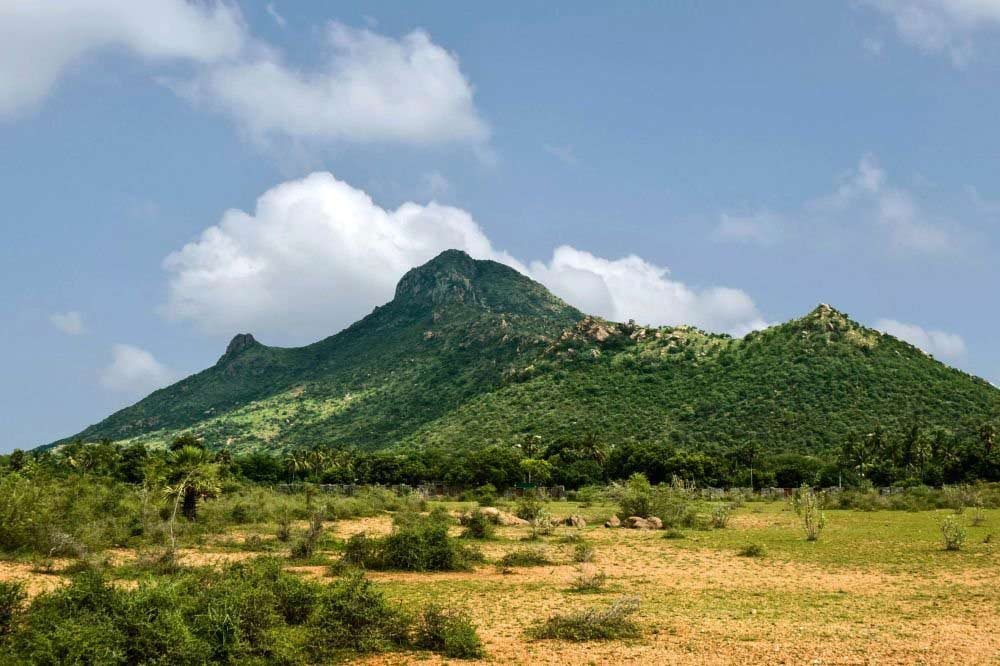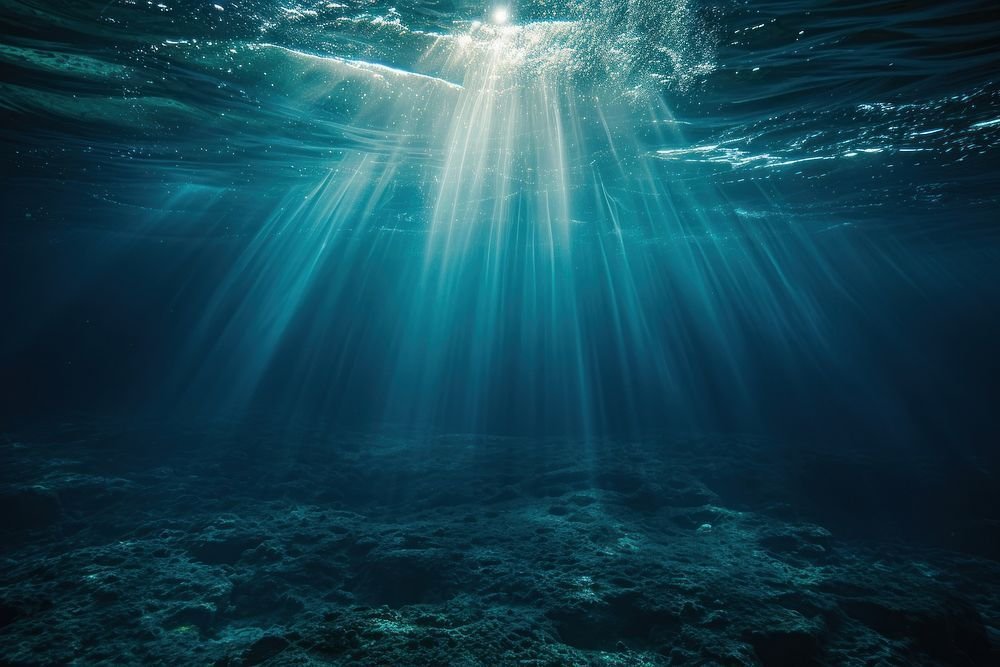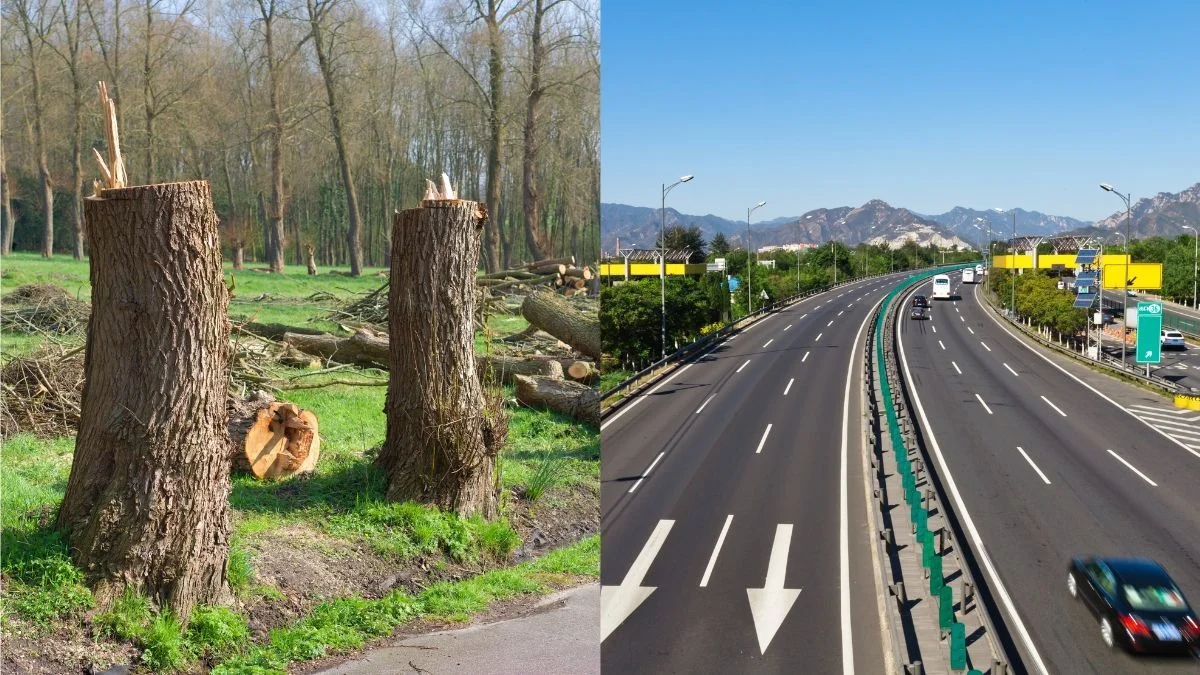
There is no waste in Singapore and here’s how do they do it. Trash typically lives as follows: it is used, the remnants are disposed of, all the trash gets gathered, the metal gets gathered, and then the object is left in a landfill for a long time—possibly hundreds of years. In landfills, non-biodegradable materials like plastic, for instance, have a very difficult time breaking down. This might cause a lot of issues down the road.
It goes without saying that waste is a result of human use. Of course, trash is typical; everyone produces some quantity of it. The amount of “municipal solid waste (MSW) in 2018 was 292.4 million tons (U.S. short tons, unless specified), or 4.9 pounds per person per day,” according to the EPA, is abnormal.
There are numerous issues associated with this amount’s exponential rise. For instance, pollution and waste debris in river and ocean areas might lead to habit modification. In underwater seas, oxygen levels can also drop dramatically while light levels can rise. Certain product chemicals have the potential to leak into waterways, endangering aquatic life.
Trash management that is efficient and takes up little space, like that of Singapore, is a simple solution to this issue.
Singapore’s Trash Management System
The garbage is burned and the smoke is filtered as part of Singapore’s rubbish management procedure. Initially, every piece of rubbish that has been collected from trash bags and cans is gathered. After that, the garbage is delivered to an incinerator facility where it is burned.
This fire may “eat” the flames because it is over a thousand degrees Celsius. The majority of the rubbish is burned, but some ash is still around. This ash is then moved to a safe body of water that isn’t in direct contact with the ocean. They created a real “trash island” from recurring ash deposits by using this technique. Paradoxically, the island is lovely and well-kept. Trees and other plants can even be supported by it.

The residual ash and the toxic fumes are the only downsides. Singapore was able to get over these issues, nevertheless. The air that is released from the incinerator facilities is extremely clean because the hazardous gasses are removed through filtering.
Furthermore, there is no negative effect because the ash is disposed of in the man-made island’s water, which is not in contact with the ocean. Surprisingly, this approach has an added benefit: incineration plants use the heat from the burned rubbish to provide electricity to thousands of houses.
We have to examine its expense first. A ton of trash costs $50 to send to the dump and $65 to $75 to incinerate, according to BetterMeetsReality. It could appear from this information that landfilling is a superior option. But landfills also need extra upkeep, which may get quite expensive.
But with incineration, all that’s needed is a simple discharge into safe water, which can be done for a very low cost. Building an incinerator may require some upfront capital, but over time, incinerators will probably cost around the same as landfills.
Numerous variables are affecting our environment, so finding a dependable way to empty our fuel is essential to making our planet a better place to live. The goal is to have almost no leftovers from any waste. Trash disposal should be an economical and environmentally friendly process.
I think the best ways to satisfy these two needs are to filter the smoke and incinerate the waste. Furthermore, heat can be captured and converted into electricity to power numerous homes. The volume of rubbish will soon increase enormously, necessitating the necessity for a trustworthy method of disposal. Singapore’s approach to trash disposal may be a workable one for the rest of the world.















































